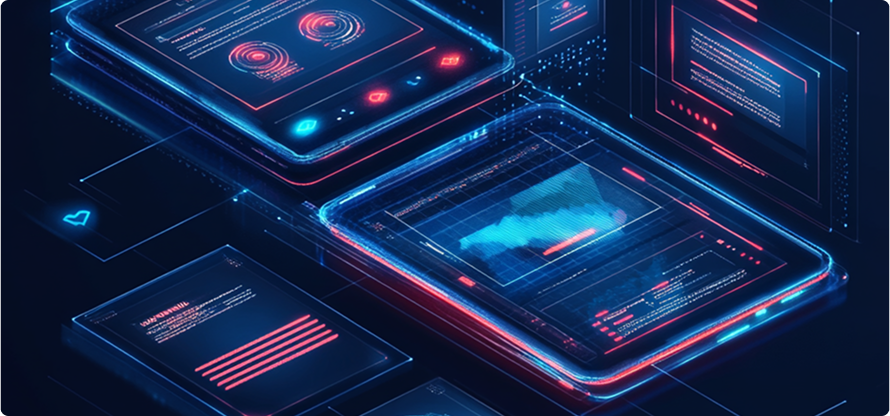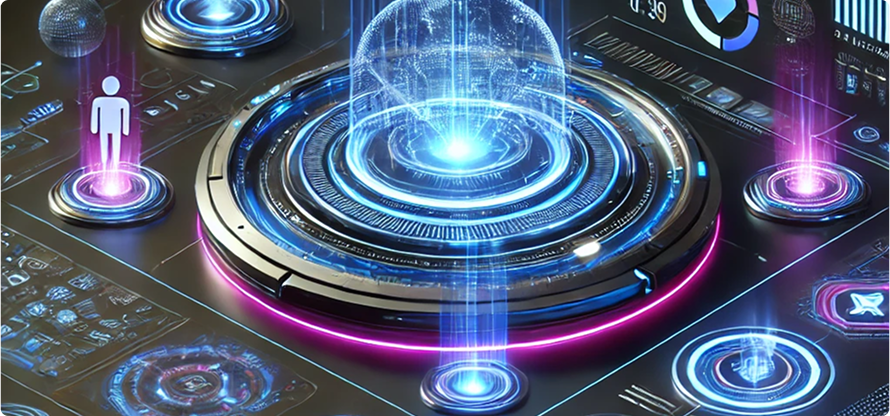In the fast-paced world of digital experiences, UI/UX design continues to evolve, integrating cutting-edge technologies to create seamless, intuitive, and immersive user journeys. As we move into 2025, the convergence of AI, holographic displays, and hyper-personalization is set to redefine the digital landscape. Here are the key trends that will shape UI/UX design in the coming year.
1. AI-Driven Personalization
Artificial Intelligence is at the forefront of modern UI/UX, offering hyper-personalized experiences tailored to individual users. AI-driven UI will predict user behavior, dynamically adjust interfaces, and provide customized recommendations in real-time. Expect conversational AI, such as voice and chatbots, to become even more sophisticated, delivering human-like interactions with emotional intelligence.
2. Holographic Interfaces and Spatial UI
The rise of AR and VR has paved the way for holographic interfaces that go beyond flat screens. In 2025, we anticipate the mainstream adoption of spatial UI, where users interact with digital elements in 3D space. Whether it’s holographic workstations, immersive gaming interfaces, or AR-powered retail experiences, spatial design will redefine engagement.




